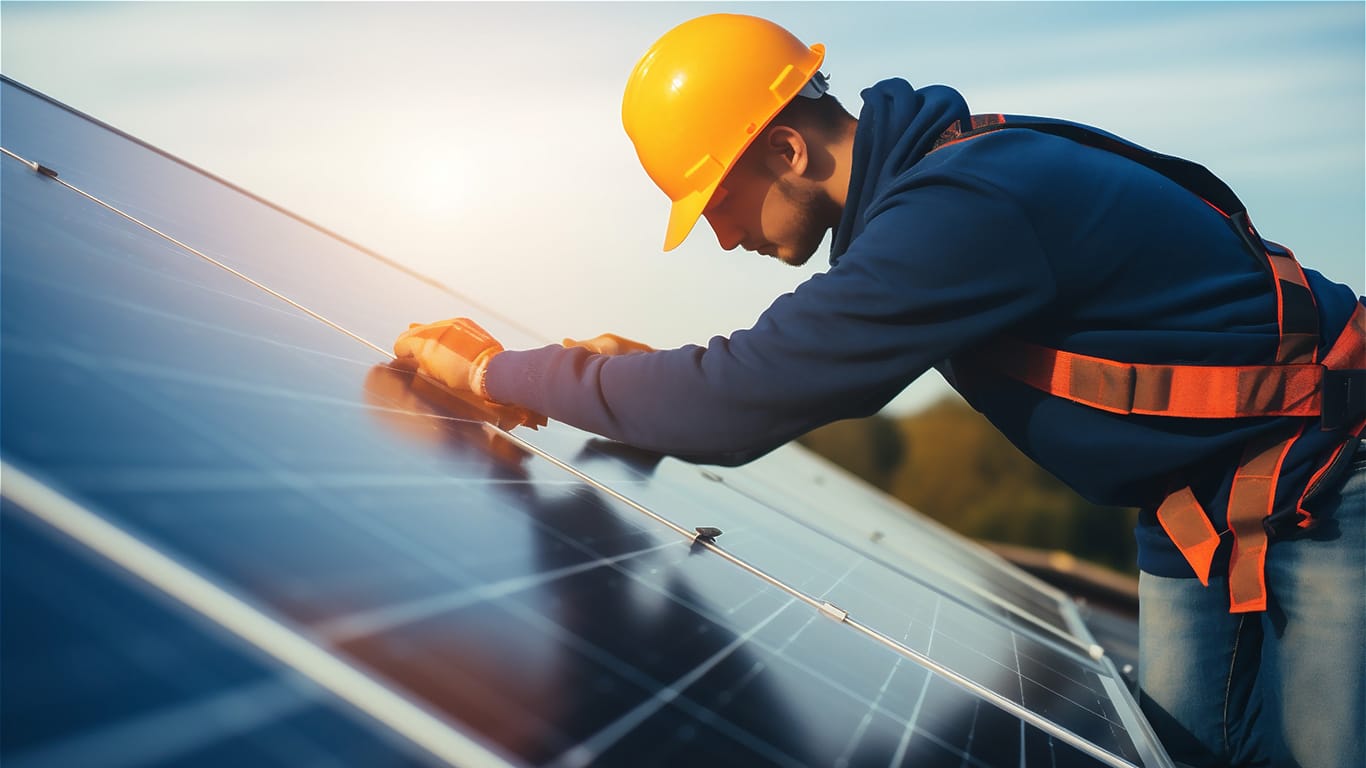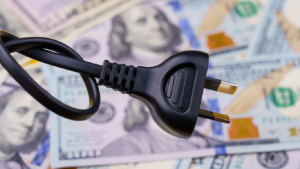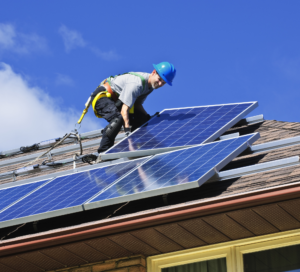Solar energy has become a top option in the face of growing environmental concerns and the global movement toward renewable energy sources. Plans for solar buyback are an exciting choice because they incentivize homeowners to create excess energy while meeting household energy needs. Homeowners can profit monetarily, and the community benefits from this extra energy being sent back into the grid. It is a fulfilling cycle that advances the field of renewable energy.
The Genesis of Solar Energy Buyback Programs
The evolution of solar buyback plan programs traces back to a simple yet revolutionary idea of increasing the value of solar investments. Originating as an incentive to promote solar energy adoption, these programs created a platform where excess energy generated by personal solar systems could be sold. Back to the power grid. The success of such programs rests on their ability to combine environmental mindfulness and economic advantage, driving a transition towards a decentralized grid powered by renewable sources.
Understanding the Structure of Solar Buyback
Feed-in tariffs and net metering are the two central policies that drive solar buyback schemes. Net metering is a billing method that allows solar energy system owners to get paid for the electricity their systems produce and add to the grid. On the other hand, feed-in tariffs set a fixed price for each unit of energy produced over a certain period, which usually ignores market rates. Both policies aim to provide financial incentives for producing energy, but the legal and regulatory frameworks can differ significantly.
The Environmental Benefits of Solar Energy Participation
Choosing solar energy has far-reaching environmental implications. Each solar panel installation acts as a mini power plant, reducing the need for energy from fossil fuel-burning power plants. The consequence is a substantive cut in carbon emissions, which directly translates to mitigating the effects of climate change. On a grand scale, widespread participation in solar energy programs could mark a significant leap towards fulfilling international green energy benchmarks and conserving our planet for future generations.
The Financial Incentives Behind Solar Energy Production
Economics often drives the decision to switch to renewable energy. Solar systems can reduce or even eliminate electricity bills, delivering significant savings over the lifespan of the solar installation. Coupled with potential income from a buyback plan and considering the declining costs of solar technology, residents find that solar panels present a prudent long-term financial venture. Additionally, reserves garnered from solar energy can cushion against rising electricity rates, further enhancing the economic appeal of going solar.
How Solar Buyback Schemes Fit Into the Larger Energy Grid
Integrating solar buyback schemes into the broader energy grid symbolizes a shift towards a more sustainable and flexible energy infrastructure. These programs allow for a distributed generation mode, which diffuses energy production across many individual solar producers. This decentralization aids in mitigating the effects of outages, bolsters grid stability, and democratizes the energy economy by allowing individuals to contribute actively to the energy market.
Solar Buyback Programs and Community Impact
Communities stand to gain significantly from the implementation of solar buyback initiatives. Beyond environmental improvements, these projects stimulate local economies through job creation and can energize local development projects. Community buyback programs can embody regional aspirations for sustainability, resilience, and self-sufficiency — critical tenets in community-led development and energy autonomy discourse.
Critical Considerations Before Participating in a Solar Buyback Program
Comprehensive research and due diligence are crucial before entering a solar buyback program. Contracts come with fine print detailing rates, length, and conditions that can impact the agreement’s viability and profitability. Moreover, factors such as the location’s sunlight availability, the home’s energy consumption patterns, and the local energy policies can all influence the suitability and success of one’s participation in such a program.
The Future of Solar Energy and Buyback Initiatives
The prospects of solar energy generation and buyback schemes glimmer with promise. Advances in solar panel technologies constantly push efficiency boundaries while governmental policies progressively align to bolster the role of renewable energy sources. The confluence of these trends indicates that those investing in solar energy systems today are likely positioning themselves as pioneers in an era of sustainable and resilient energy practices.



